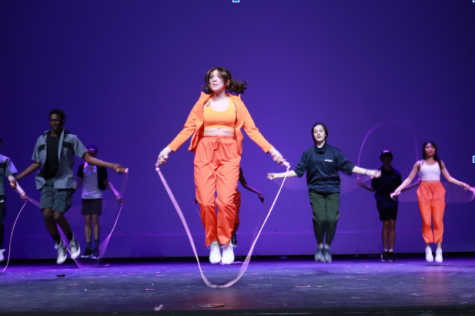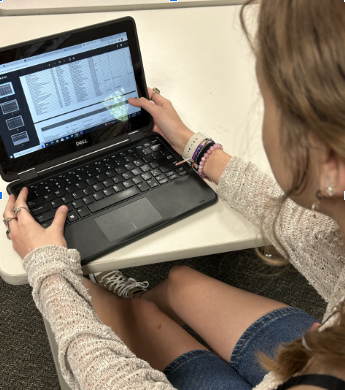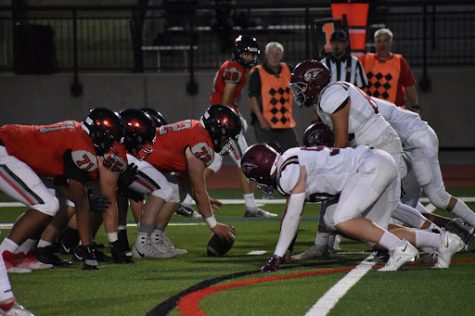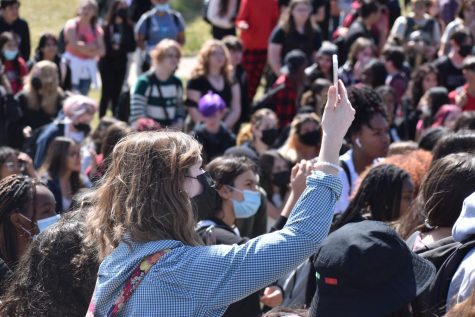Walkout Culture
Walkouts are an increasingly popular demonstration of protest. Their use is especially increasing in schools.
Whether it’s students, teachers, or a community member — a walkout is a way of communicating dissatisfaction for those who are uncomfortable with participating in other types of protest.
Even though walkouts are one of the easiest ways to express disapproval, like all other ways of protesting, there are always possible repercussions. It’s very important that if you are choosing to participate in a walkout, that you are aware of the potential backlash. Although we are given the right to protest under the First Amendment, we are never immune to others’ opinions. No matter what grievances you express, there is always someone who will disagree. In an educational environment, teachers, peers, and administrators may disagree with your actions. In a professional environment, your relationships with colleagues and superiors could be at risk.
Our school is not excluded from the occasional walkout. Just a few weeks ago, EHS students staged a walkout in light of the recent passing of Thanh Nguyen.
On that day, many students walked out of class for what seemed to be many different things, the main thing however, being Thanh. The exact goal for this walkout was very unclear, having many different movements and motives mentioned at the assembly.
“I’m not really sure why the walkout happened. From our side, we thought it was really disrespectful and unplanned,” says Pablo Maldonado, a friend of Thanh, describing the recent walkout. “It was just a bunch of underclassmen. People [used] it as an excuse to get out of class after something like that just happened.”

It seems Pablo is not alone either on feeling like people took advantage of the situation. Many of Thanh’s friends were in agreement in wishing the walkout wouldn’t have happened in the first place. “I heard a lot of different things,” says Eamon Weber, a senior, about the cause of the walkout. “To me, it seemed like a bunch of lowerclassmen who wanted to find a reason to get out of class. They [found] a reason to protest, to raise riots, and a way to [create] some chaos – it didn’t seem like there was an actual purpose,” Weber said.
It is evident that this walkout had no clear goal or desired result. The lack of planning for this ‘protest’ led to the utter disaster and disrespectfulness of it all. Not only did the students take advantage of a tragedy, but they also made a joke out of real issues that affect millions of people.Not to say that it is impossible to have an effective walkout, but there are more appropriate ways to have one.
The first, most important step you need to take in order to have a successful walkout is to have clear goals, demands, and a reason for protesting. You also need a significant amount of willing participants, who care and are willing to talk about the issue. A walkout’s effectiveness depends on these key aspects.
An effective walkout is possible, but only when you take the appropriate steps in order to ensure its success. If you are going to participate in a walkout, especially one in regards to a very serious issue like what happened here, you need to make sure that you are fully aware of what the protest is for and that you are being respectful the whole time you are there. Otherwise, you end up in a disrespectful mess, like the one that happened here.

Grace Garcia is Nest Network’s signature “cool girl” who will read your tarot cards during class. When not making videos, Grace enjoys watching horror...











